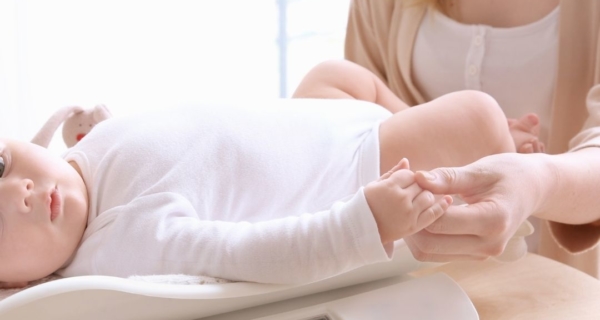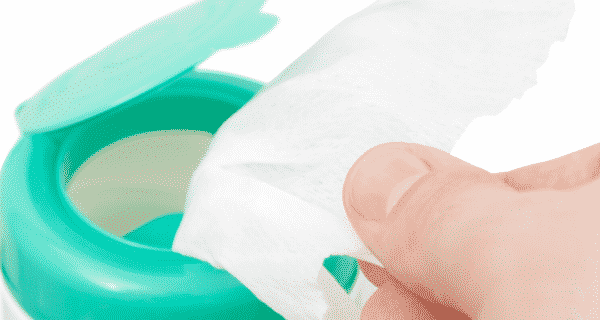Compliance plays a major role in the success of brace treatment [1, 2]. There are many factors that may influence compliance, and there is no one-size-fits-all approach to increase brace compliance in adolescents with idiopathic scoliosis (AIS). However, no matter how good the brace design, a patient needs to actually wear the brace to get results [1].
Compliance in brace wear for AIS may be influenced by a variety of factors including:
- The type of brace
- The psychological condition of the wearer
- Acceptance of the prescription by the wearer
- Other social and environmental considerations.
It’s important to recognise what the patient is feeling about wearing a brace. Some patients are very accepting of the prescription, and in fact are even grateful that there are non-surgical options available to them.

For other patients, being prescribed a brace can be somewhat overwhelming and frustrating. These feelings may come from a variety of factors, for example, frustration that an earlier diagnosis was not made, whereby a brace may not have even been necessary and earlier treatment options such as physiotherapeutic scoliosis specific exercises (PSSE) such as ScoliBalance could have been tried.
There may also be other ‘normal teenager’ frustrations and challenges going on in their lives and then a scoliosis diagnosis and brace prescription just compounds their frustrations and stress. Brace prescription is still one of the most important parts of non-surgical management of scoliosis and thus gaining patient trust and compliance with the program is important.
What Do We Know about Hours of Brace Wear?
The Bracing for Adolescent Idiopathic Scoliosis Trial (BrAIST) provided scoliosis health professionals and patients with a better understanding that the longer brace wear hour times were associated with better outcomes [1]. This study however identified a positive outcome to include the curve remaining under surgical level indication. This means that even if the curve progressed, so long as it didn’t progress to surgical indication then the brace was deemed to be a success. So what we know from this is that patients that wear a brace for more hours per day get better results than patients who wear their brace less hours per day. However it’s likely that these results could be improved with better brace quality and the use of a different brace.
Factors that May Increase Brace Compliance in an AIS Patient
So, for now we know that the more the patient wears the brace, the better the likely outcome [1]. Compliance may be augmented by:
- Considering factors in the design and delivery of the brace – a simple and stress free process for the patient is essential
- Superior appearance and comfort of the brace
- Noting the psychological and emotional state of the child and considering how these can be best addressed. Does the patient require referral to a psychologist? Is there a way that the brace wear at school can be made less stressful? There are multiple things that can be considered.
- Considering the child’s habits and trying to minimise stress. For example if the child plays a lot of sport then discussing with the coach or teacher a place for the child to store the brace during sport can be very helpful. Make it as easy as possible for the teen!
- Building brace wear slowly. Start with after school and night time wear, then tackle wearing it at school
Questions about Bracing?
Your child or teenager might be at the start of their journey and diagnosis, so it’s natural to have lots of questions about scoliosis bracing. There are many different types of braces for scoliosis bracing, but not all braces are made the same.
The ScoliBrace is a custom made brace, designed and made for each individual patient. For kids and teens, the brace’s over-corrective approach and asymmetrical design harnesses spinal coupling, not 3 point pressure, for the best possible clinical outcomes.
If you have questions about ScoliBrace or bracing treatment in general, get in touch with a ScoliBrace Provider near you.
References:
- Weinstein, S.L., et al., Effects of bracing in adolescents with idiopathic scoliosis. New England Journal of Medicine, 2013. 369(16): p. 1512-1521.
- Rahimi, S., A. Kiaghadi, and N. Fallahian, Effective factors on brace compliance in idiopathic scoliosis: a literature review. Disability and Rehabilitation: Assistive Technology, 2020. 15(8): p. 917-923.


